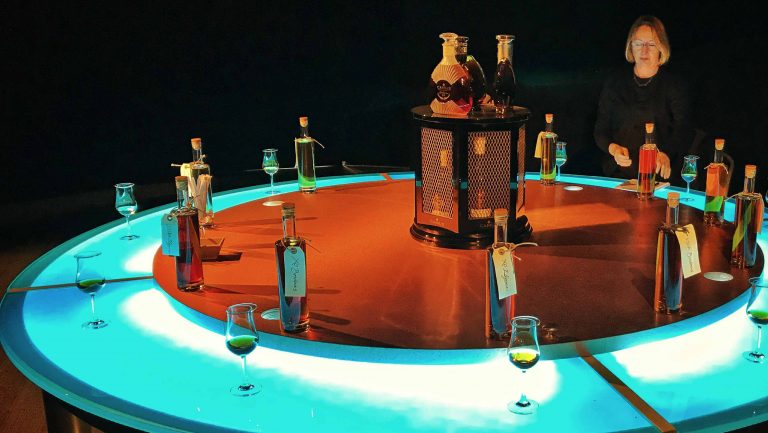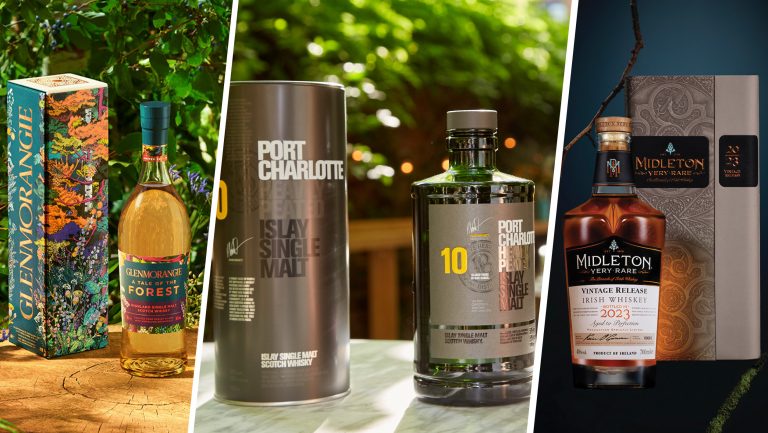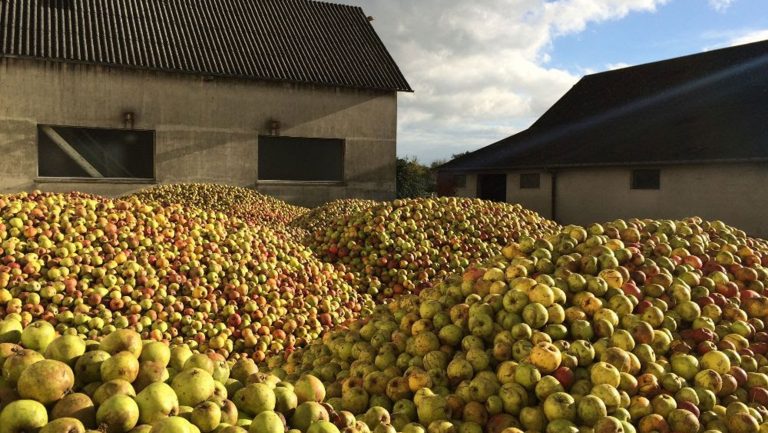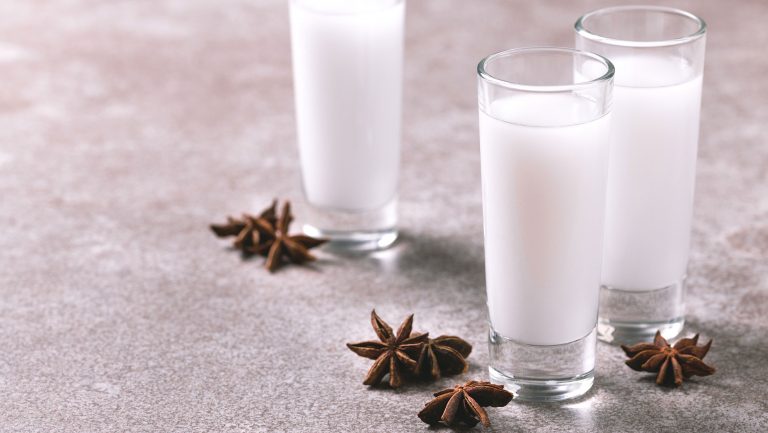Last October, Jas Hennessy & Co., the world’s largest producer of cognac, opened an airport-sized bottling and logistics plant in the countryside near the town of Cognac. Clad in angular black panels and tinted glass, the plant spans about 85,000 square feet and can process up to 8 million cases a year. The futuristic form hunches anachronistically among ancient vineyards, like an outpost established by Darth Sidious, the Star Wars Sith lord.
You’re probably already sensing the plot developments: Confronted by oppressive outside forces, a plucky band of independent-minded renegades rises from the forests and alleyways to launch a small rebellion, ingeniously using what little they have at hand.
That’s essentially the emerging cognac story today. The cognac market is among the top-heaviest in the spirits industry. Four brands—Hennessy, Martell, Rémy Martin, and Courvoisier—account for about 90 percent of global sales. (Hennessy is by far the largest, selling about 6.5 million cases a year, or triple the amount sold by second-place Martell.) Around 175 other cognac producers divvy up the remaining 10 percent.
The weapons used by today’s renegades are primarily made of wood—that is, the barrels they use for aging. Cognac has typically been aged in new French oak, a tradition long enforced by the Bureau National Interprofessionnel du Cognac (BNIC), a private organization with a public mission that’s vested with the authority to decree how brandy is produced if the name “cognac” is displayed on the label.
Yet it turns out that the regulations leave some room for discussion, and recent reinterpretations have opened up doors to innovation. While cognac producers have long subscribed to a belief that ex-wine barrels have always been prohibited for aging, some smaller producers recently turned up a 1923 rule that showed this wasn’t always case. They’ve persuaded the BNIC to return to a more open interpretation of allowable casks.
With this new opening, small producers have embraced experimentation and are pushing against the status quo by working with nontraditional types of oak (including American) and finishing barrels. While these flourishes are standard practice with other spirits—in particular, Scotch and craft whiskies—they’re the equivalent of a brazen rebellion in the staid and conservative world of cognac. This evolution is bringing attention to a category of cognac that has long been left in the shadows.
“[We’re] going back to the golden age of cognac,” says Alexandre Gabriel, president and owner of Maison Ferrand, producer of Pierre Ferrand cognac, “when all these things were common practice.”
Innovation has come from the small producers as a question of survival, according to Flavien Desoblin, the owner of the Brandy Library bar in New York City. “This is what the category needs,” he says. “We definitely welcome innovation in the world of cognac, very simply because otherwise, in the United States, it’s considered the dusty drink.”
Bache-Gabrielsen is one of the brands that has attracted attention for pushing the envelope. Its American Oak Cognac, released in 2016, is finished in virgin oak barrels from Tennessee for six to nine months after an initial aging period in French oak (there’s no age statement on the bottle). In the same way that BNIC regulations concerning ex-wine barrels were long misinterpreted, many believed that the rules stipulated the use of French oak—and French only. But a close reading of recently revamped guidelines appears to allow for non-French oak, leaving ajar a door through which Bache-Gabrielsen strolled and made a brasher, bolder flavor profile designed to appeal to a younger generation.

Don’t miss the latest drinks industry news and insights. Sign up for our award-winning newsletters and get insider intel, resources, and trends delivered to your inbox every week.
Sauternes casks are increasingly used to finish cognacs; a few months in such barrels elevates the sweetness of the spirit and lends a subtle citrus tang and buttery mouthfeel. Bourgoin Cognac, which has long supplied the major houses with distillate, has released its own limited line, aged in Sauternes barrels, as has Léopold Raffin, which offers an XO Cognac Sauternes Cask Finish, which is finished eight months in Sauternes casks. In 2015, Cognac Philbert released a Sauternes cask finish, along with blends of Sauternes and sherry cask finishes.
In the same vein, in early 2017, Ferrand attracted notice for its newly released Reserve Double Cask Cognac, which has been finished in casks that formerly aged Banyuls, a fortified aperitif made near the Spanish border since medieval times. It’s been a hit and led the cognac category with a score of 98 at the 2017 Ultimate Spirits Challenge.
Using the Banyuls casks is “not so much to add a layer of taste,” Gabriel says, “but to push forward the characteristics of the cognac we’re aging.” He notes that as a cognac ages, it takes on some of the characteristics chocolate and dried fruits like prune and fig. “So you need to find a wine barrel that has [similar] characteristics,” he says, “to actually magnify [them].”
Other innovations among the smaller cognac makers include the production of single-estate cognacs, meant to capture terroir and distinctive local character. The larger houses have long acquired eau-de-vie from a broad range of producers to blend together with the goal of consistency. (Courvoisier, for instance, sources from 150 distillers who buy their grapes from 700 vineyards.) The smaller producers willingly sacrifice consistency for distinctive expressions. For several decades, Frapin and Fontpinot have released cognacs all made from a single producer, but within the past two years the designation has gained higher visibility, with producers like Hine also releasing single-estate versions.
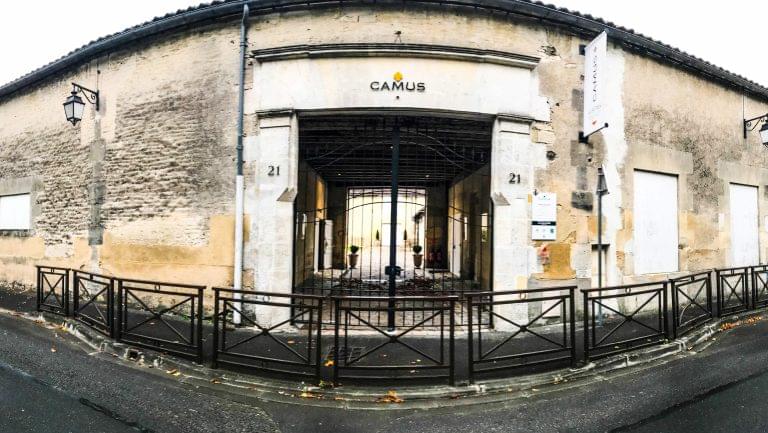
Some cognac houses are also focusing on less-renowned crus. Mainstream cognacs have been promoted as supple and smooth, the epitome of refinement, with the most heralded cognacs coming from two of the six cognac crus—Grande Champagne and Petite Champagne. The smallest cru—the 10,000-acre Borderies region—was typically used as a supporting player to create brandies for blending, but these rarely took center stage. That, too, has changed of late, with producers touting the earthier, nuttier flavors that are often characteristic of cognacs from that region. Cognacs that are 100 percent Borderies include those produced by Ordonneau, Camus, and A. de Fussigny (which also offers three other single-cru cognacs).
Gabriel notes that while these may seem like new trends, they more accurately reflect a return to the past, a rediscovery of a time when producers embraced variety.
So why now? Partly, it’s survival of the smallest, but it’s also because consumers are demanding more variety and are now chasing after that holy—if vague—grail: authenticity. This hasn’t always been the case. “I remember 28 years ago launching a full cask-strength cognac called Brut de Fut,” Gabriel says. He had to buy much of it back from his distributor when it languished on the shelves. “Back then, the market was not ready to listen to that message, and I learned that the hard way.” But now the market is ready, even eager. Ferrand’s Reserve Double Cask, he says, “sold out in a few days.”
Desoblin at the Brandy Library says his customers are putting a premium on authenticity and differentiation. He sees a younger generation of drinkers—those between 21 and 35—who come in search of experimental and nontraditional products among cognacs. “They are very curious, very open-minded, and would gladly investigate cognac,” he says, “along with all the other interesting products, such as mezcal and Armagnac.”
He adds that the four major producers—which have an outsize influence on the BNIC—have long been driven by a desire to keep cognac’s flavor profile relatively uniform and unchanged. The traditional taste profile of cognac has at times been faulted for being too understated and delicate (it has historically catered to the British palate), which is no longer wholly desirable in a changing global market. Today’s emerging market, and younger drinker, wants bigger and bolder, Desoblin says. “And they’re in the discovery mode.”
Gabriel notes that he’s gotten plenty of side-eye from the bigger producers, who seem to feel that allowing change of any sort in the cognac category amounts to a sort of defeat—that change means that cognac may not have achieved its pinnacle as the world’s greatest spirit. Says Gabriel, “We call this the French exception.”
He recounted an exchange with one established cognac maker who argued against altering the way things have always been done. “This gentleman loves music, like me,” Gabriel says. “I told him, ‘Think about your best piece of music—whether it’s Beethoven’s Fifth Symphony or “Hotel California.” Do you want to hear that piece every single time you listen to music?’” The man shook his head and said, “That would be boring.”
Exactly, Gabriel responded. “Being the best is not enough.”

Dispatch
Sign up for our award-winning newsletter
Don’t miss the latest drinks industry news and insights—delivered to your inbox every week.
Wayne Curtis is the author of And a Bottle of Rum: A History of the New World in Ten Cocktails and has written frequently about spirits for The Atlantic, Imbibe Magazine, Punch, The Daily Beast, and Garden & Gun, among others.

